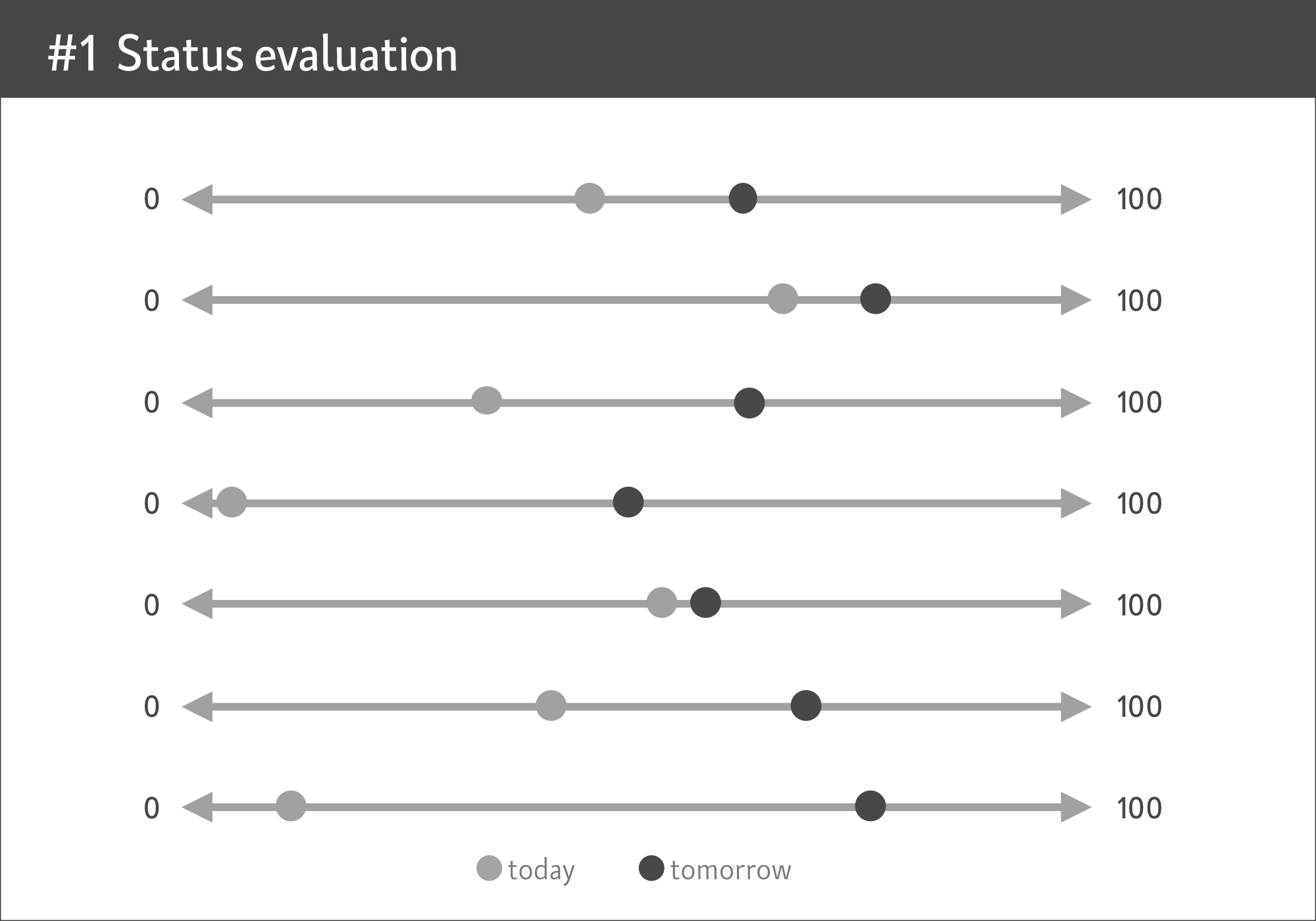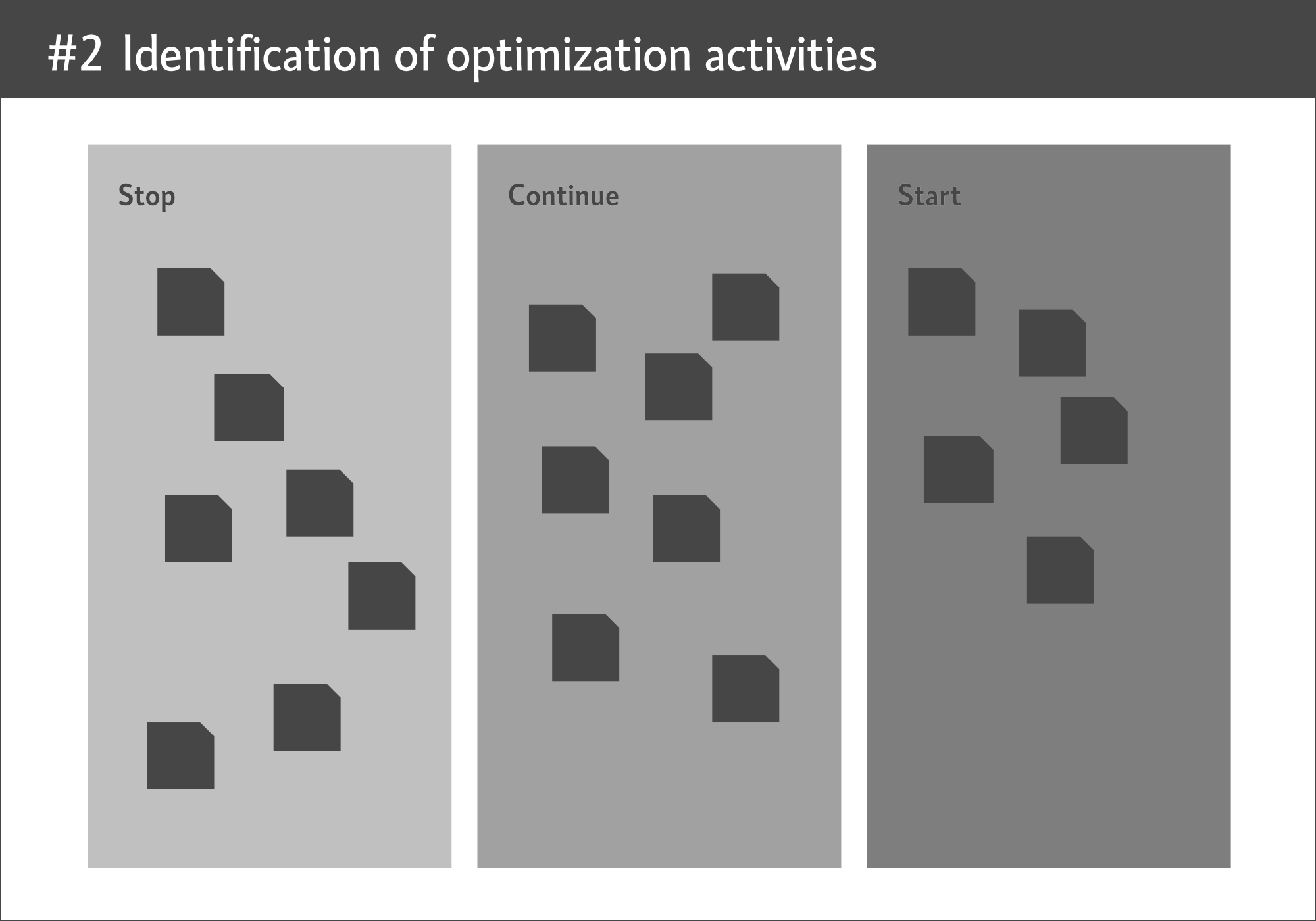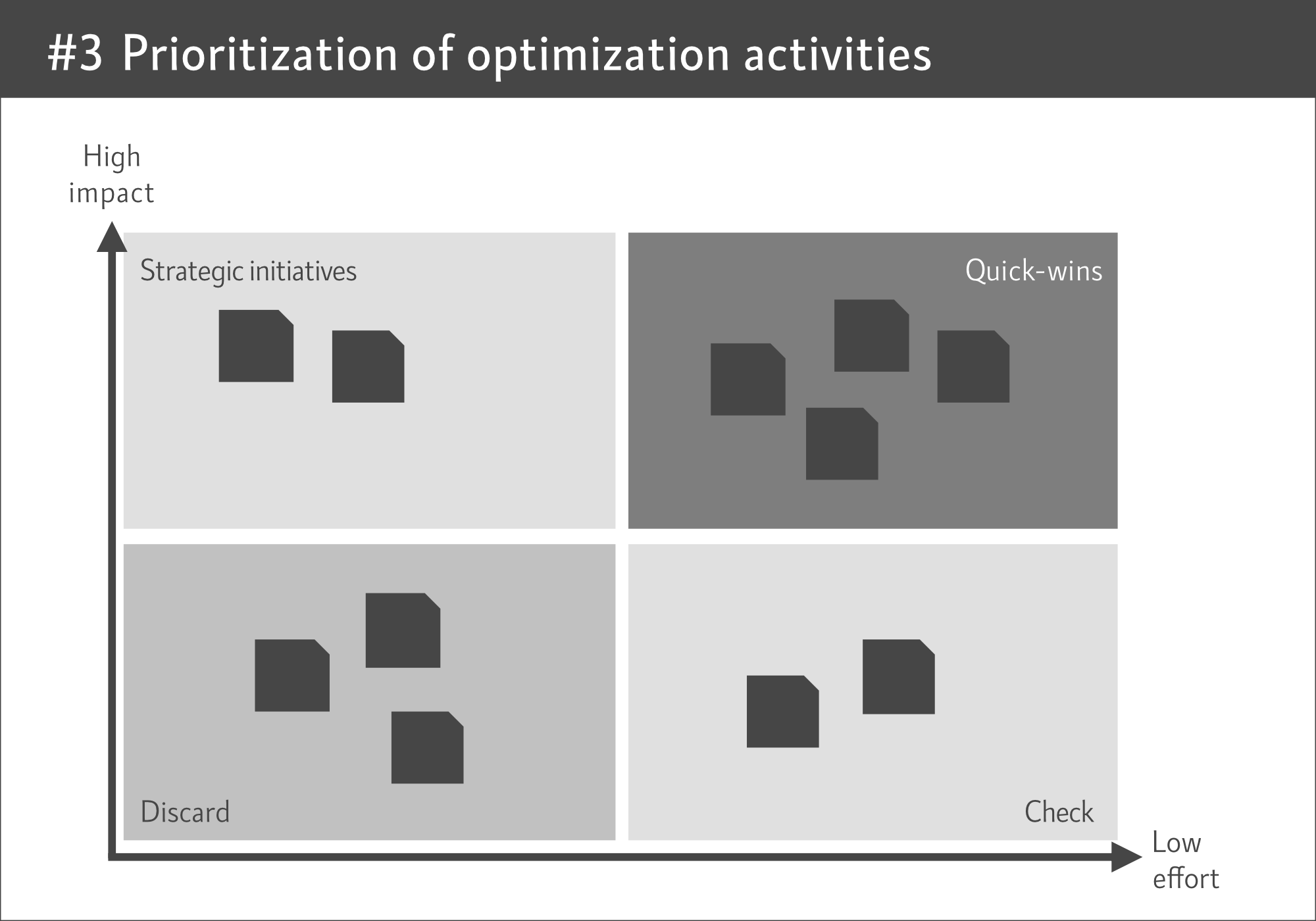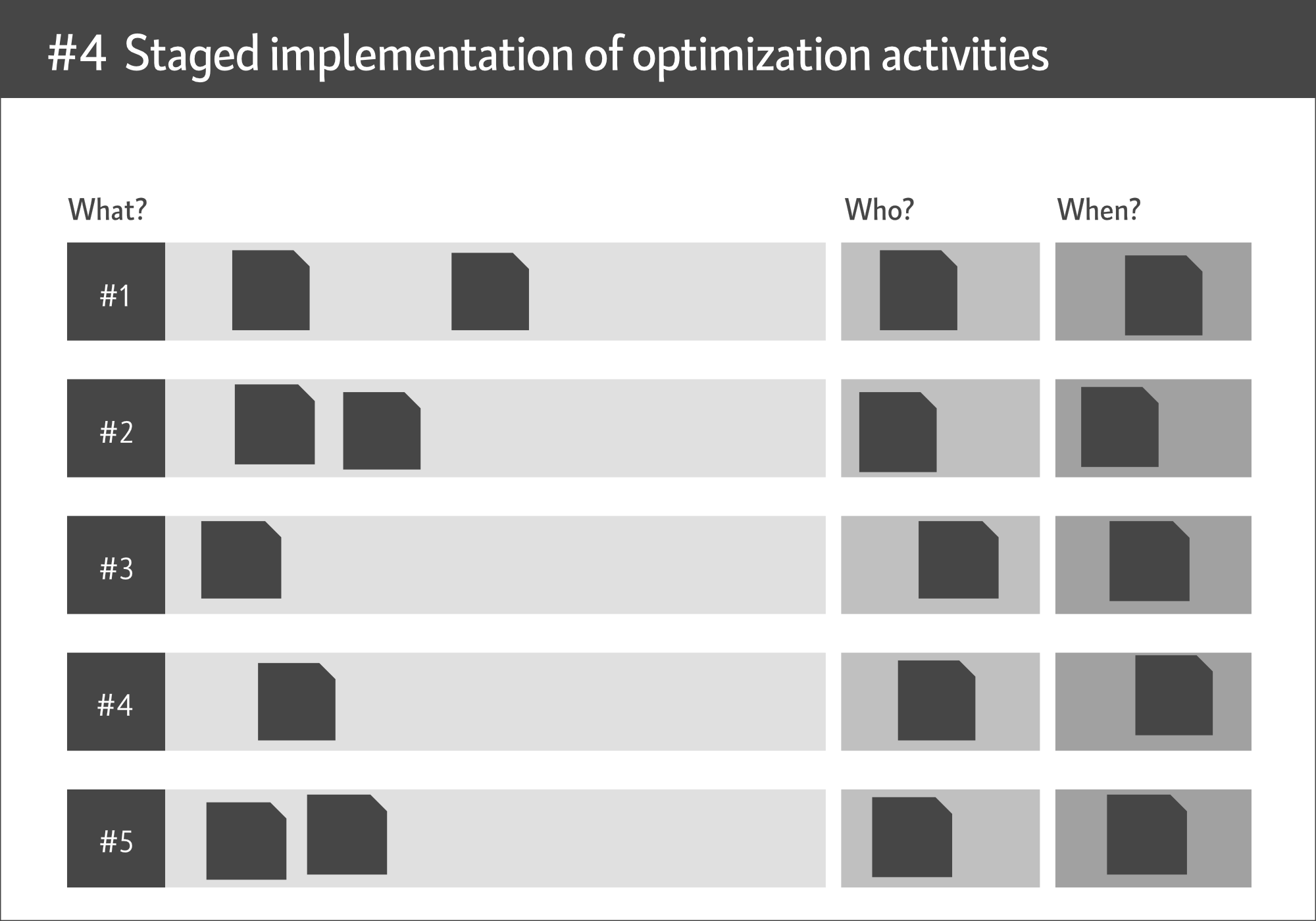Holistic. Effective. Sustainable.
Increasing brand impact means mastering complexity, understanding connections and dependencies as well as creating simple control mechanisms.
Together with you, I analyze your existing brand management system and identify opportunities to increase the efficiency, quality and impact of your brand(s), to ensure that they can contribute to your business success in the best possible way.
The essential elements of a Brand Management System
Brand stategy
-
Target perception, positioning and identity, including vision, mission and values
-
Cultural cornerstones → learn more
-
Brand design for all experience dimensions, including seeing, hearing and interacting
-
Brand architecture and naming
Communications
-
Stories, including social and business ambitions
-
Value propositions to stakeholder groups and individual benefits
-
Proof points and success stories
Brand experience management
-
Stakeholder journeys, including information and decision paths as well as all further interactions with the company and its offerings
-
Brand touchpoints, experiences and chains of impact
Performance management
-
Performance metrics and key performance indicators based on business objectives → learn more
-
Data and analytics, including brand perception and efficiency of activities
-
Dashboards / brand management information systems
Market insights
-
Internal and external stakeholders, including needs and requirements
-
Competitors, including offerings and positioning
-
Trends and developments, including society, technology and economy
Collaboration
-
Roles and responsibilities (within and across teams)
-
Processes and instruments, e.g. for (agency) briefings, development and approval
-
Cross-functional networking, including internal teams and external partners
Technologies
-
Brand portal, including assets, guidelines, templates and best practices
-
Digitization and automation of processes
-
Exchange and collaboration
The optimization of the brand management system can be divided into four phases, which follow each other continuously. The process is clearly structured and can be carried out at the depth and speed you choose.




Results of the analysis and further development of the brand management system are e.g.
-
Sharpened business and brand objectives as well as success metrics → learn more
-
Defined brand identity and brand positioning
-
Cultural cornerstones for brand development → learn more
-
Clear brand architecture and comprehensible naming system
-
Content and standards for brand management, e.g. value propositions, topics and messages, briefing documents
-
Clear tasks and responsibilities for the brand management team
-
Efficient structures, processes, and tools for brand management throughout the company
-
Optimized partner network for strategy, design, and communication tasks
-
Prioritized activities and initiatives, taking into account effort and impact
-
Guidelines, data and technologies for brand management, e.g. brand portals and dashboards
By consistently synchronizing the objectives and activities of all business functions, the brand can unleash its full potential. A well-organized brand management system ensures efficiency, quality and impact.
The results mentioned are exemplary and depend on the status of your brand management system. Of course, the individual results are based exclusively on your requirements and needs. I always build on existing content, structures, processes and instruments and am also happy to work with your existing partners.
I am happy to accompany you in working on all topics related to strategic and operational brand management. Let’s discuss how I can support you with your questions and tasks.
